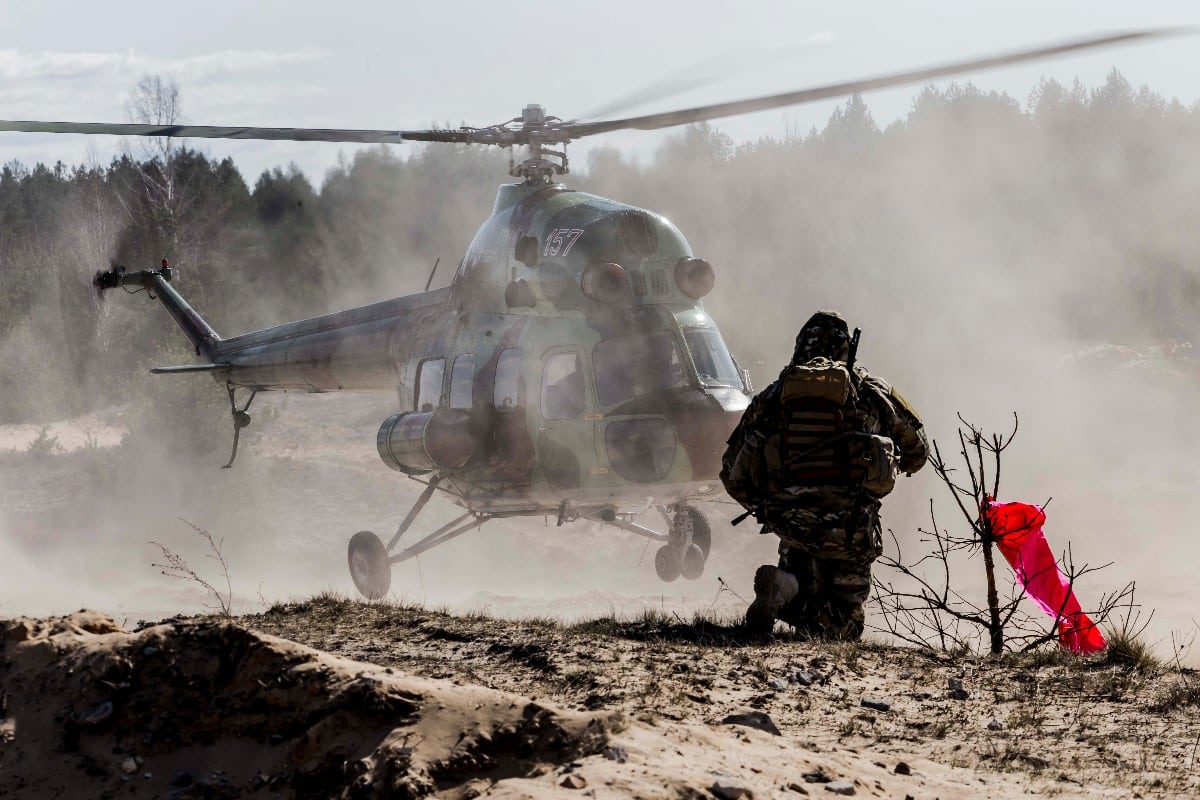 Image courtesy of NATO North Atlantic Treaty Organization on Flickr
Image courtesy of NATO North Atlantic Treaty Organization on Flickr
An Increase in NATO Forces Could Prompt Russia to Respond Aggressively
According to recent reports, the United States has been pressing its European allies to raise more battalions, ships, and planes to combat-ready status in preparation for a possible Russian attack. Alliance defense ministers are meeting on June 7th in Brussels to discuss this plan, also known as the 30-30-30-30 plan. This initiative would require NATO to have 30 land battalions, 30 air fighter squadrons, and 30 ships ready to deploy within 30 days of being put on alert.
Talks of this plan began following a Russian and Belarussian war game operation known as Zapad-2017 which occurred in October 2017 and was expected to be the biggest display of Russian military power since the end of the Cold War. The scenario at play was to repel aggression by Veishnoriya, a fictional western-backed country intent on dividing the two nations. Additionally, the scenario included the fictional countries of Lubeniya and Vesbasriya, which had formed a coalition with Veishnoriya to threaten Russian security.
Prior to its occurrence, Zapad-2017 created a sense of panic among many NATO members, especially Poland and the Baltic States. These nations feared that the fictional nations used in the scenario for these war games were representations of their own countries and that the exercises would serve as a cover for a Russian invasion. Even though Zapad-2017 occurred without any major incidents, officials are still worried that Russia will plan a similar operation in the future, which could trigger accidental conflicts or incursions into Russian-speaking regions in the Baltics. While Russia has a right to run these war games, it often exploits loopholes in the Vienna Document by significantly understating the size of its forces that will be participating in order to avoid western observers.
The 30-30-30-30 plan fits with the Pentagon’s 2018 National Defense Strategy, which accuses Moscow of seeking to “shatter the North Atlantic Treaty Organization.” In fact, a senior NATO diplomat stated, “We have an adversary (Russia) that can move quickly into the Baltics and Poland in a ground attack. We don’t have the luxury of taking months to mobilize.” Although the Kremlin firmly rejects this entire initiative, with Russia’s envoy to the European Union Vladimir Chizhov telling reporters, “This idea, even if it flies, which I hope it won’t, would only increase tensions in an increasingly sensitive part of Europe,” the United States has a difficult time trusting the Kremlin’s sentiments. Russia’s seizure of Crimea in 2014 and intervention in the Syrian war in 2015 have promoted a sense of mistrust between Russia and the United States.
While it is important for NATO to prepare for a possible Russian attack, it is possible that the 30-30-30-30 plan could increase the likelihood of aggression. The Kremlin has stated its belief that NATO is a security threat in eastern Europe. Increasing NATO forces for the purpose of defense against Russia could make it an even greater threat in the eyes of the Kremlin. Russia could respond to this perceived threat by running even more war games or similar military exercises, which have the potential to trigger actual conflicts because of the huge number of troops involved. The United States and other NATO member nations need to keep an eye on Russia as they institute this plan to ensure that matters do not escalate into a full-on showdown.





